Written by John Field
If you’re trying to find stripers, the easiest way is to find birds feeding on bait during a blitz. This is especially evident on Atlantic beaches during the fall migrations when the most bait leaves the estuaries and migrates south. Even birds attracted to bluefish feeding are helpful signs, since striped bass may be feeding below on chopped remains. Birds are attracted to striped bass whether the fish are feeding or not. Birds are somewhat patient and curious. When there is no blitzing and when birds are few and far between, the question is, which birds see stripers and bait and a situation that could evolve into a fishing opportunity, especially for big stripers? Should you drive by, or stop and investigate?

Chasing any kind of diving gull isn’t very discriminant if you’re targeting big stripers. I usually like to ignore diving terns unless I know big fish are in the area and food items are limited to small items. Rarely, you can witness large stripers ram feeding on krill or larvae. Terns usually signal the presence of small bait like bay anchovies, or young baitfish being eaten by small bluefish or schoolie bass. Sometimes though, a school is mixed and has some larger ones.
If they’re feeding on bay anchovies or other small baits, you can avoid small fish by throwing a fly that’s much larger than the naturals they’re feeding on. In that situation, you also can’t go wrong with a Gurgler. Big stripers usually feed on bigger baitfish. The way to narrow down the size of the bait is by the size and species of these fish-eating birds pursuing them.
Fish eating birds employ three methods of feeding on fish and invertebrates, surface feeding, pursuit diving and plunging. Some bird species are specially adapted to perform only one method and others use more than one. All marine birds in northern waters except cormorants have waterproof plumage. The most common method is surface feeding which is used by gulls, petrels, shearwaters, and some raptors. Petrels and shearwaters are from the order Procellariiformes. They nest in far flung central colonies and roam the open ocean searching for food.
The first three can feed off the surface while floating and propelling themselves with their webbed feet. They use their beaks to pick up food within reach or by dipping their heads underwater. They can also feed in flight by skimming with their mouths open, or pattering, which is a combination of flying and running and picking up food. Lastly, they can fly toward targeted prey, slow with reverse wing movement, land on it and seize or engulf it on the surface.

This last method is how bald eagles and ospreys feed on fish. The osprey, a raptor, loves menhaden. An osprey has sharp, hooked talons and feeds by folding its wings and plummeting into its prey with open talons. If successful, it arranges the fish upright with the fish’s head forward in a balanced, aerodynamic position, to carry the meal to the nest for consumption. Its hooked beak is designed for tearing. Ospreys sometimes harass and steal food from smaller fish-eating birds, but bald eagles and great black-backed gulls do the same thing to ospreys.
The second method fish eating birds use is pursuit diving from the surface. Fish ducks like loons and cormorants are pursuit divers and have short muscular wings, rear-located legs with webbed feet and long streamlined bodies. Fish ducks use their feet exclusively for propulsion and acute sense of smell to locate food. Fish ducks have serrated beaks to hold onto fish for swallowing. Human divers have observed cormorants hunting in packs underwater. Shearwaters can also pursue underwater using their webbed feet and wings for propulsion but have a hooked beak like other gulls.

Like the gannet, the cormorant is in the pelican family. They have in common long flexible necks, a flexible throat flap or “gular pouch”, webbing between all four toes on their broad, webbed feet and long, and hooked bills. Cormorants occur throughout the striper range, even inland.
Cormorants have large sensitive eyes for hunting in murky water and good eye-beak coordination. Unlike most water birds, cormorants do not evenly coat their feathers with oil (from their oil glands) for insulation and water proofing. This allows water to soak into the feathers and decreases buoyancy, enabling their underwater hunting. They prefer to swim along the bottom to hunt and I’ve observed them submerged for about 30 seconds in water usually under 30 ft deep. This and their fast-pursuit swimming ability enable cormorants to feed deeper than other competing bird species. They’re opportunistic and gravitate to small schooling forage under about 6 inches like peanut bunker or spearing. Cormorants can feed on these small fish and crustaceans underwater but take bigger prey to the surface to swallow them.

After absorbing water in their feathers, cormorants haul out to dry facing the sun to dry on land, in trees, rocks, or on man-made structures. These colonial nesting birds are generally silent unless acting in defense of nest or mating territory. They often fly single file. The feeding behavior for striper fisherman to be aware of is cormorants pack feeding where they will graze through a school and break-up a big bait school into smaller bait balls. We’ve seen this behavior stop a striper blitz in progress.
Eight species of cormorant are native to North America. The Double-crested cormorant is the most common species in the mid-Atlantic and New England striper habitat. It has a long, shaggy crest of upward-slanting feathers behind each eye. The Double-crested cormorant is present mainly from April through November winter south.
The other cormorant present in New England and also in the Maritimes is the great cormorant which nests along the Maine coast and north. Perched, the white cheek and throat patch of the great may be visible. Orange on the gular pouch distinguishes the double-crested from the great cormorant. The great can also be distinguished from the double-crested, in flight, by their straighter neck and more massive head. (Center for Coastal Studies, Provincetown)
They have few natural predators, and their populations are regulated by the U.S. Fish and Wildlife Service. Double-crested cormorants are protected under the Migratory Bird Treaty Act (MBTA).
The third and last method is plunge diving using the momentum of flight to dive and feed underwater. The Northern Gannet and shearwaters are the two most common fish eaters performing this in striped bass waters. Plunge divers have morphing wings that optimize area for flight or swimming and retract to minimize drag when diving through the air or water. Gannets have physical adaptation that makes it more streamlined and protects it from injury from entry into the water at great speed. Gannets have been known to dive from heights greater than 100ft and catch prey in their tuck position to about 30ft of depth, but to pursue at greater depths they must use their wings to swim.
The common gull, Great black-backed gull, herring gull, ring-billed gull, laughing gull, and black-legged Kittiwake are the most prevalent species of gulls from the Chesapeake to Maine. Most gulls are migratory and nest on the ground in colonies and prefer islands for these locations. They have webbed feet and hooked beaks with which to kill and tear prey. They are hunters and scavengers that feed upon a variety of species. Gulls are the most important bird to pay attention to when hunting big striped bass. If you expect the bass to be eating medium sized forage like peanut bunker, all gulls will partake. If you are trying to key-in on big baits like adult bunker, river herring or squid, finding Great black-backed gulls is a high-percentage sign.
Terns have slender bodies and wings with a long-forked tail. Their beak is straight and pointed for spearing prey. The Common tern and Forster's tern are the terns you can most often expect to see from the Chesapeake to Maine. They are best suited physically to feed on smaller fish and invertebrates such as bay anchovies, sand eels, spearing, shrimp and juvenile herring and squid. They are most associated with bluefish, false albacore, bonito, and school stripers.
Wading birds have elongated legs to enable them to hunt in deeper water by walking or remaining still, then spearing or grabbing their prey. Their adapted beaks are long and sharp for spearing. The presence of these birds in the water or congregated on a shoreline waiting, shows us where shallow bait resides or where striped bass have driven them. They are especially helpful telltales on the edges of flats and island shores where they hunt fish and invertebrates like crabs and shrimp. The most common species are the snowy egret, great egret, and great blue heron.
To be even more precise in deciding where to spend time looking for big bass, you might be able to predict the species of predator fish and behavior by reading the behavior of the birds hunting and feeding on the forage the predator is after.

When a boating angling motors out of an inlet on the Atlantic coast, the most important decision is whether to make a left turn or a right turn when you get past the jetties. You can decide by what you saw the day before, by reports or by direct communications with friends. Gulls and terns roost during the night and leave en masse at daybreak in search of food. Pelagic birds rest on the water but rise too. You can see the birds in silhouette against the brightening sky as they travel over the ocean. If they congregate in one place, you can bet they found a school of fish. Most of the birds may fly in one direction, but why? They often return to the last place they feed successfully, they may be flying into the wind to let their sense of smell take them to food, or both.
The flight of fish-eating birds can indicate what they are doing. The higher birds fly, the wider their view and the lesser the glare. When you see birds flying high in a straight line, they are searching. If high flying birds are circling, they usually see a school of bait or predators and are waiting for bait to get close enough to the surface to feed upon. You can wait, or motor on for better signs. The lower birds are flying, the more imminent they think a feeding opportunity will be. Fish eating birds are usually competitive and want to be first.
When flying birds are hunting and then see an opportunity, they change their flight mode. They usually lower their altitude and hover with precise positioning. Usually the closer they get, the more imminent the opportunity. To do this, they hover and follow, while making small accuracy corrections until they dive. Sometimes they will abort a maneuver and regain control in their hovering attitude. This gives the impression of nervousness or indecision in their flight.
The number of birds hunting a spot doesn’t indicate the potential size of the fish beneath. I’ve seen two or three birds hovering over big single bass resting or schools on the move. When there is a coastal migration of stripers, large flocks of seagulls are usually present. Back in the peak of striper abundance around 1998, I remember following a flock of thousands of seagulls a couple of miles long delineating the migration and moving further south day by day.
Birds rest on the water during the day for several reasons. The most promising is the result of pop-up blitzes that are like a yo-yo. The birds are active when there is a surface blitz, then rest, waiting for the next one. This is often the case with sand eels or when peanut bunker vertically in the water column. Sometimes, there is only bait at the surface when diving ducks or predators drive them to the surface and the birds fed at the surface by dipping their heads. This may be a fishing opportunity with sinking lines. If you don’t see surface feeding activity, you can check for bait and predators with sonar. I imagine, since I’ve never used it, that side scanning sonar would be ideal without disturbing the birds. I’m only guessing, but I think birds wait-out slack tides on the water, before launching new searches.
Determining the cause of a blitz is important, as I once found out. One late fall near Christmas, when there were only a few boats fishing the New Jersey coast, and after running miles up the coast in my boat, I finally saw some activity. Back in 2001, this was a time for big stripers and even schools of Atlantic herring but my friends to the south and I had seen nothing yet that day. I saw peanut bunker breaking and some swirls, so I called a friend on his cell I knew was near Spring Lake, New Jersey in his 23 Parker and told him to run up to where I was to the north. I was so enthusiastic that I didn’t verify what was going on and was soon disappointed and embarrassed to find out that the “blitz” was only a “loon blitz” probably mostly cormorants, and no other predators were present. Yes, pursuit diving birds can do that! The arrival of cormorants at a blitz can also stop the surface action by breaking up the bait ball formed by predator fish.
Seagulls attracted to commercial fishing bycatch being tossed overboard can be another false flag blitz. The food and birds are there, but are there any predators such as stripers also eating the handouts?
Fish-eating birds make a variety of calls usually associated with mating, defense, and territoriality. They do make loud calls when feeding, which I believe are territorial when competing for food. The most important clue calls give is direction during impaired visibility such as fog or rain. I remember an early, still morning when I was heading toward the Sandy Hook channel in fog with 200ft visibility and stopped my boat’s engine next to a bell buoy and just listened. I plainly heard gulls on a striper blitz and idled over in their direction and they appeared. No one else was there, that I could tell, and I caught bass of assorted sizes.
Marine birds and raptors are not only beautiful, but they are important signs of the seasonal activity we need to understand to be successful anglers.
Enjoy this article? Read more from John Field in his latest book Fly Fishing for Trophy Striped Bass. Check it out here.




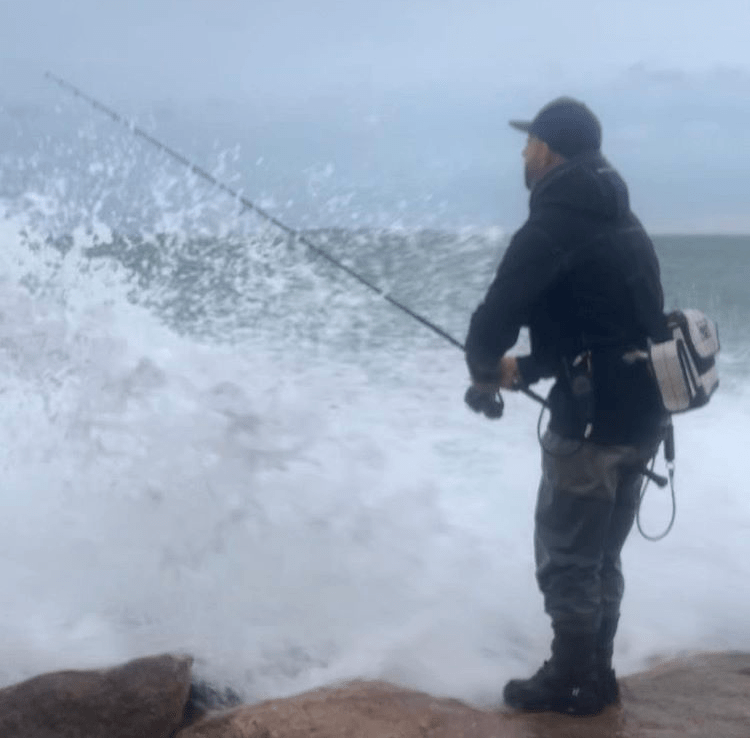

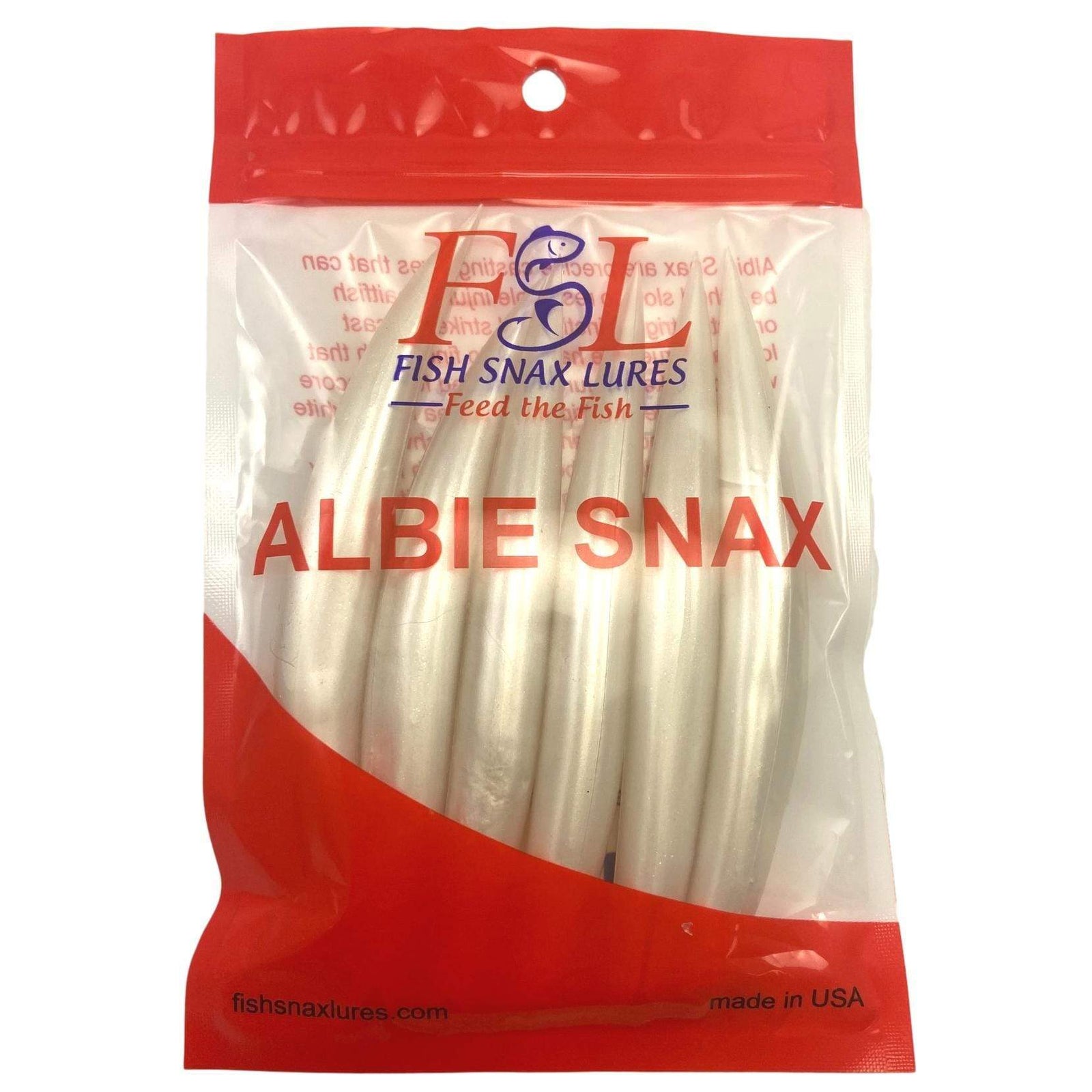


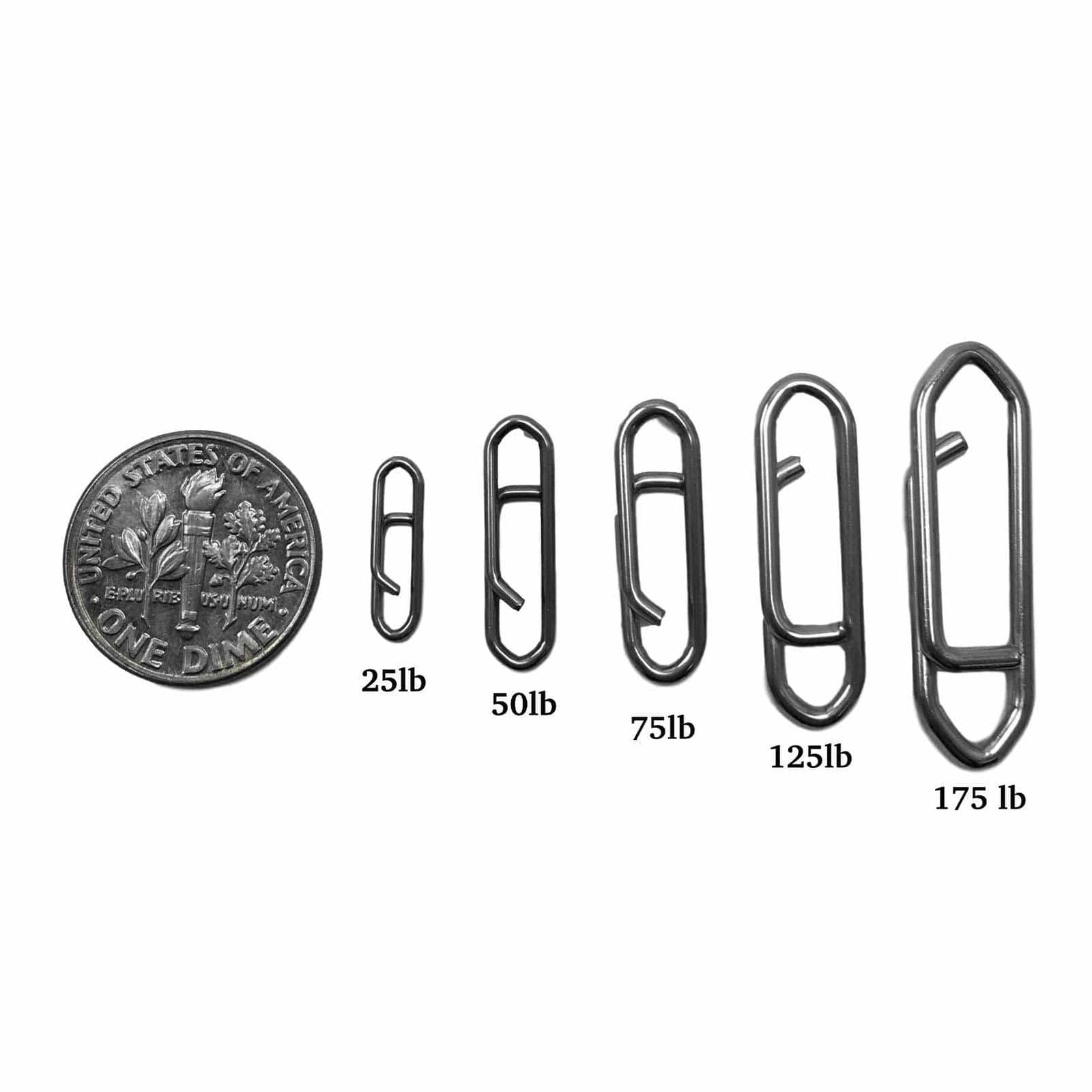




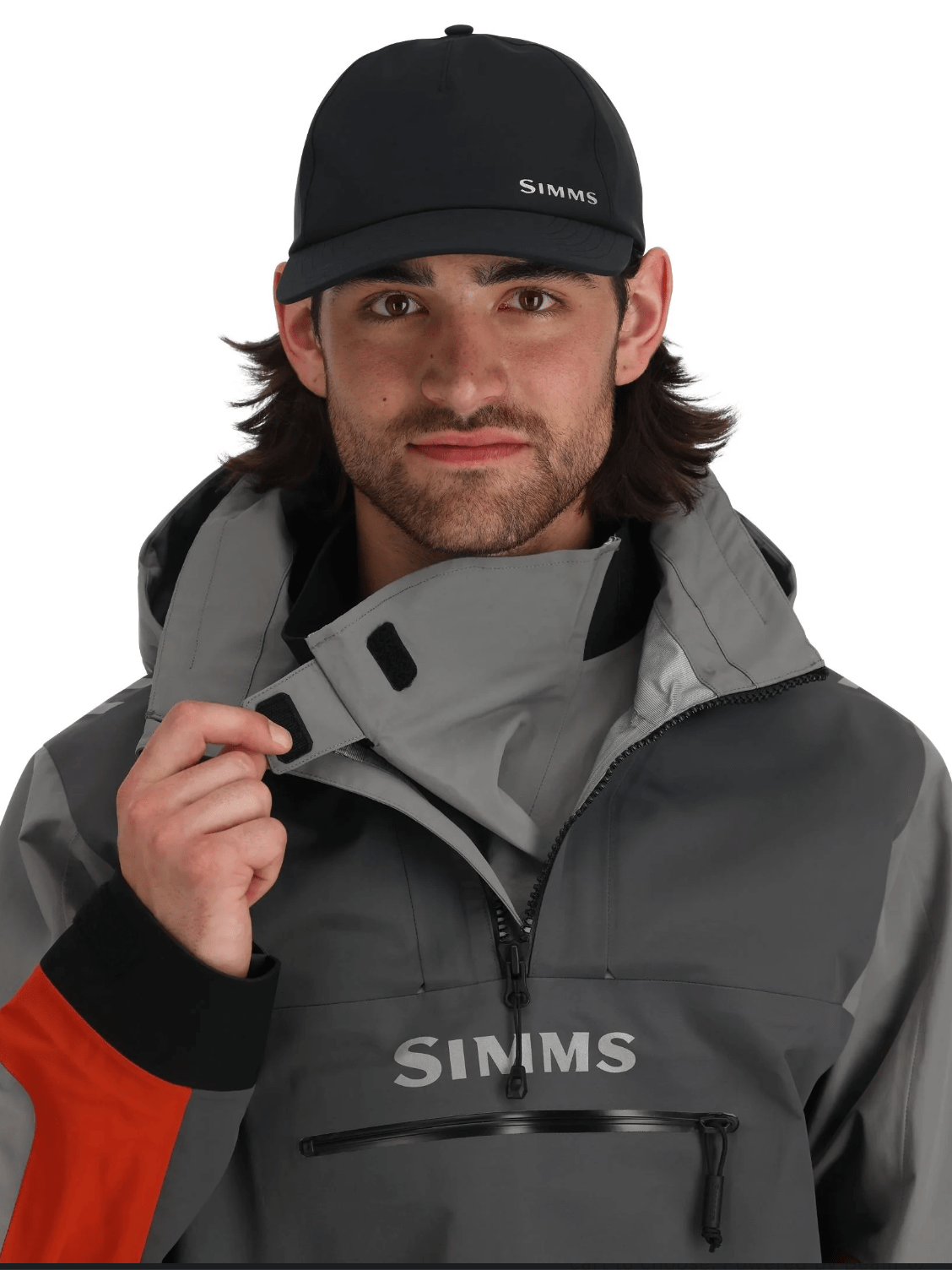

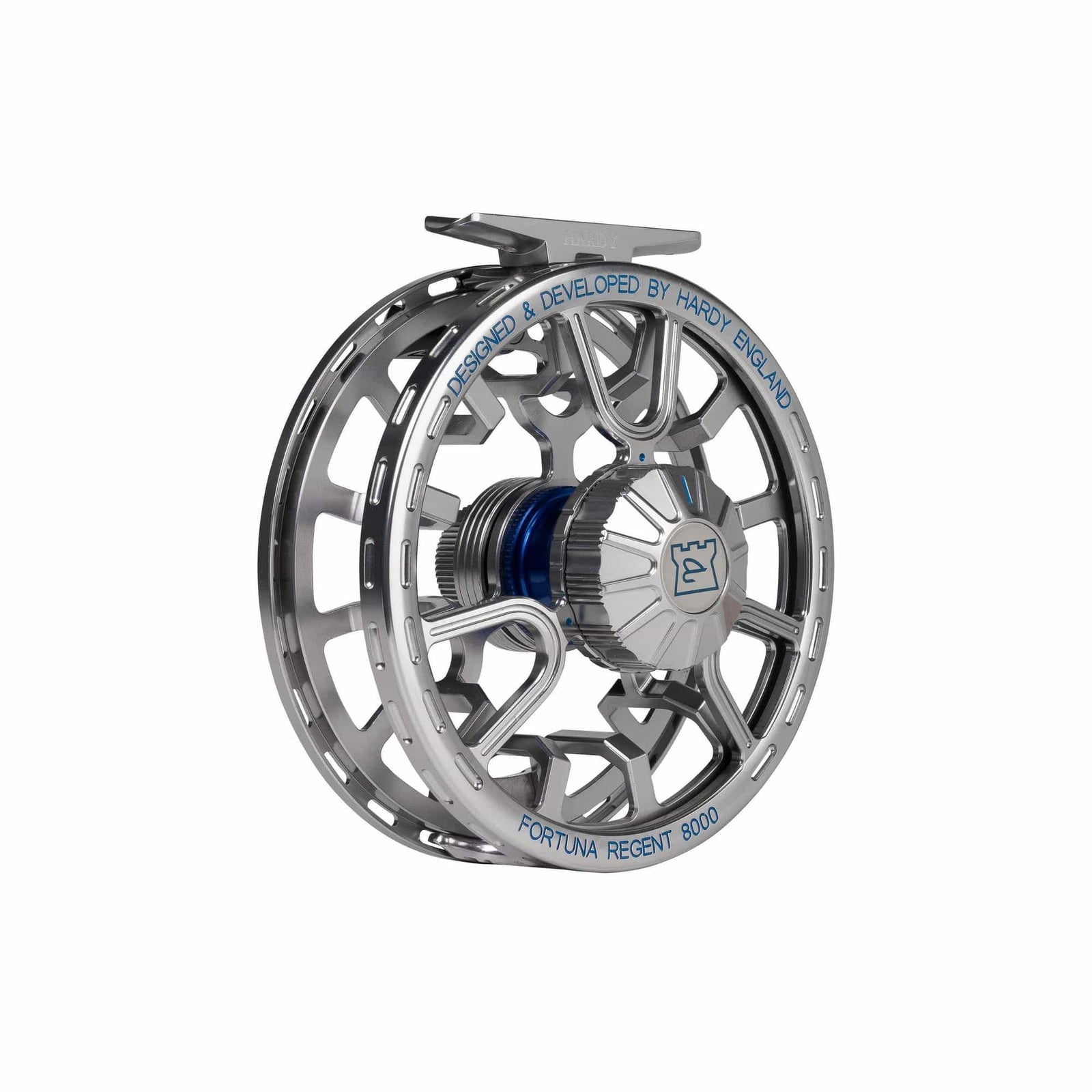
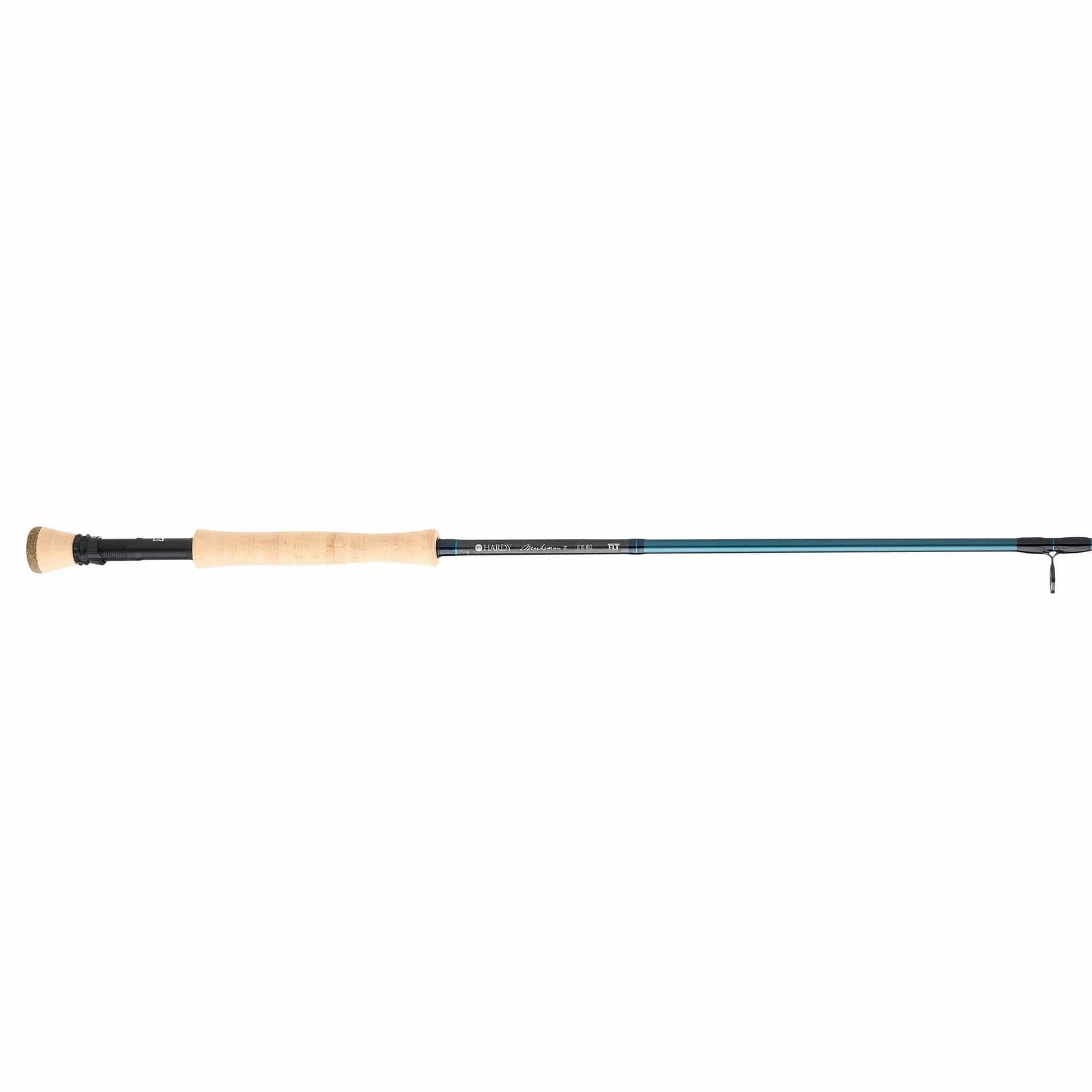
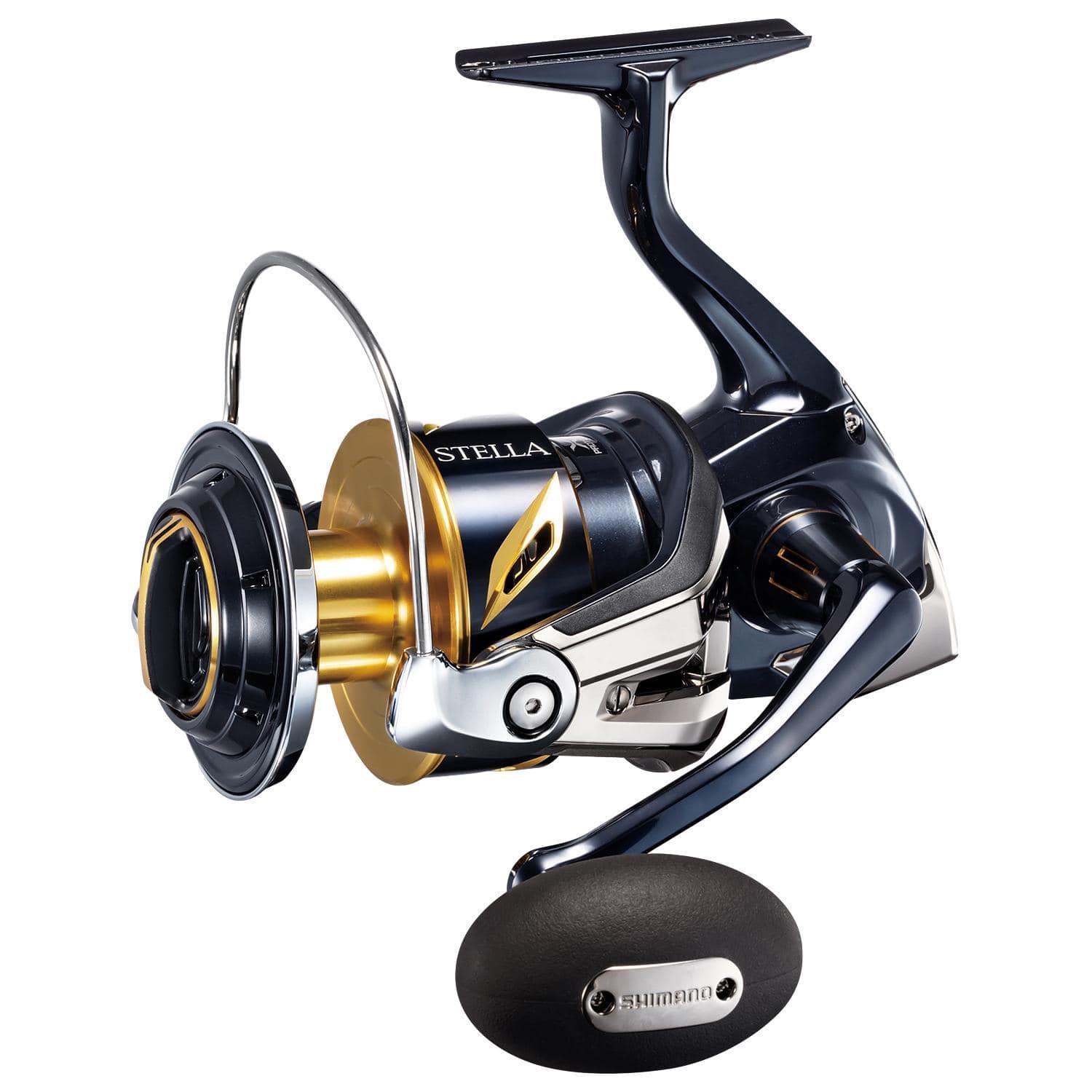

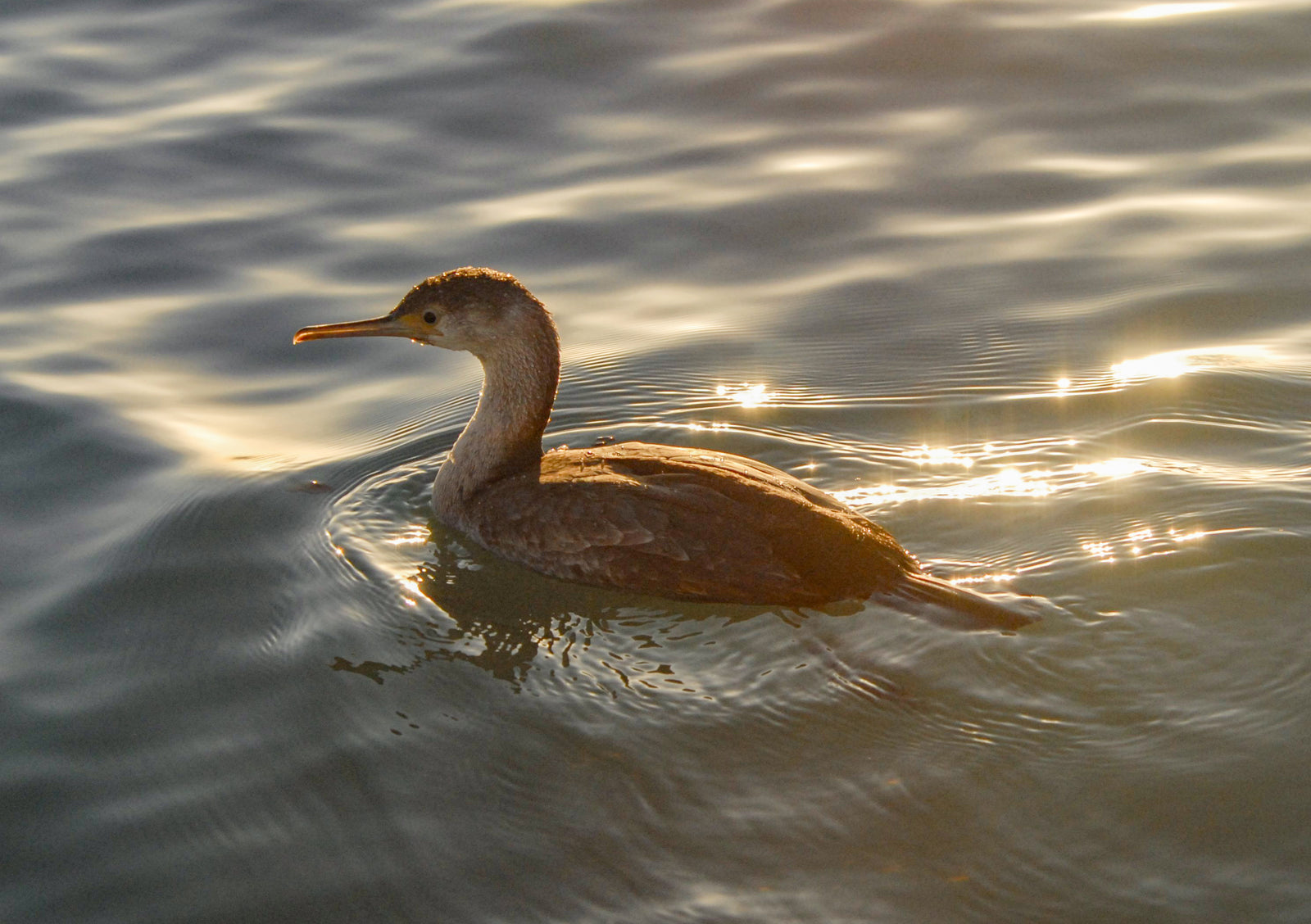



Leave a comment (all fields required)